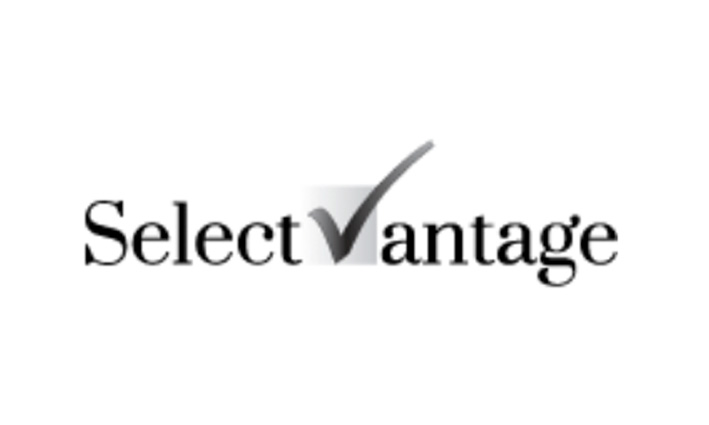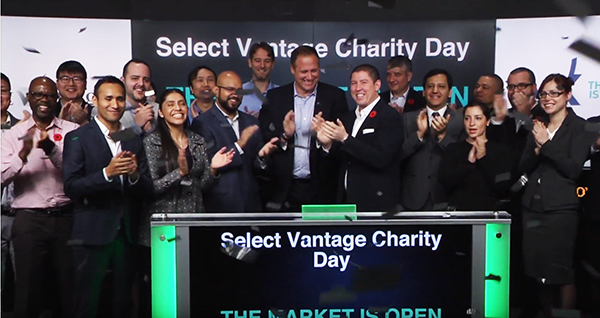MEMX: Is there an easier way to resolve the dispute over market data fees?
Plans to launch a new equities exchange on Wall Street, rivalling the existing institutions of NYSE, Nasdaq and CBOE, have drawn a lot of attention over the past two weeks. Major US market-makers including Merrill Lynch, Morgan Stanley and Virtu Financial have banded together to propose MEMX, a high-tech low-cost alternative to the existing equities platforms. Why are they doing this? The answer is simple – fees.
MEMX: Is there an easier way to resolve the dispute over market data fees? Read More »



